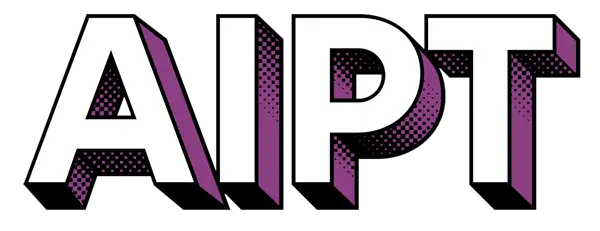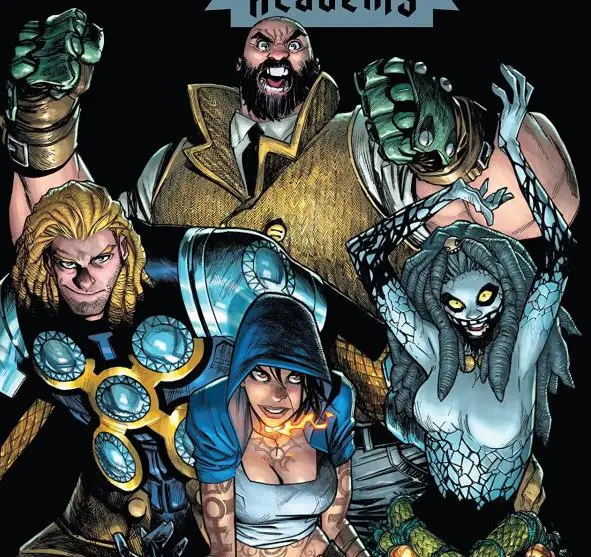As in the preceding two volumes, things get out of hand in the third and final volume of Strange Academy. In its 18 issues, Strange Academy has been consistent in its constant presentation of weirdness, every issue intent on providing at least one spectacle, new magical concept, or zany monster. The trouble, however, is that those spectacles remain weightless, with few conflicts having the room to develop any considerable repercussions.

Marvel Comics
When the book had no end in sight, it seemed to want to work itself out organically, for the themes and threads to be discovered by playing in a sandbox that had been created for that purpose. Characters were introduced or explored here and there as the creative team found them interesting; it’s a model that worked well for, say, the Claremont run of Uncanny X-Men, in which boundless space and years allowed for threads to be selected and dropped and characters to be minimized or accentuated as needed.
With no such guarantees, Strange Academy has suffered by this leisurely and idealistic approach. In its final six issues, the book makes a concentrated push to consolidate its narrative, doubling down focus so much that characters that were present the issue before—like Ogeode, Emily’s Catbeast familiar—simply drop away, unnoticed. A lot of ground must be covered in a very short space to give the book any powerful core or successful cliffhanger, and a lot of the loose spinning wheels disappear.

Marvel Comics
As the major conflict of the preceding volume revolved around Calvin and his Mr Misery Dream Coat, this volume features actual, real repercussions for that character—a slip into magic drug dealing to cope with the loss of his personal connection to magic. More pertinently, the ongoing mystery and conflicts of Emily and Doyle’s will-they-won’t-they-be-damned-to-hell relationship not only takes center stage, it accelerates.
This isn’t exactly handled in a delicate way. Rather, Doyle’s constant concern of his own evil nature and the looming prophecy thereof is all but confirmed by a quick trip to the future, in which the students are all super-heroic or supervillainy. These things affect the characters in radical ways, leading, somewhat surprisingly, to Emily turning dark and acting out.

Marvel Comics
In the somewhat insincere drive to escalation and a cliffhanger, the book fails to solve any of the problems that have plagued it from the beginning. By introducing such a diverse cast of interesting characters and then failing to develop them, the book can’t quite provide any longevity to the characters now that the series is (temporarily) over. There is little reason to bring these characters outside these pages and into the Marvel Universe proper—a place that could certainly use a more diverse cast of magic users, let alone diversity in types of magic in the universe.
While the press release for the final issue promises a second ‘semester’, it’s worrying that this hasn’t been officially confirmed. Certainly, the story deserves a conclusion, if not a continuation; Ramos’ lovingly illustrated world and Young’s vast and wild collection of magical concepts are joys to experience.
In the end, Strange Academy: Wish-Craft is the most singularly focused, driven collection in the series, and promises a lot for an uncertain future. There’s so much here worth celebrating and exploring, and I can only hope the second semester is able to retain this final burst of ambition.
Join the AIPT Patreon
Want to take our relationship to the next level? Become a patron today to gain access to exclusive perks, such as:
- ❌ Remove all ads on the website
- 💬 Join our Discord community, where we chat about the latest news and releases from everything we cover on AIPT
- 📗 Access to our monthly book club
- 📦 Get a physical trade paperback shipped to you every month
- 💥 And more!













You must be logged in to post a comment.